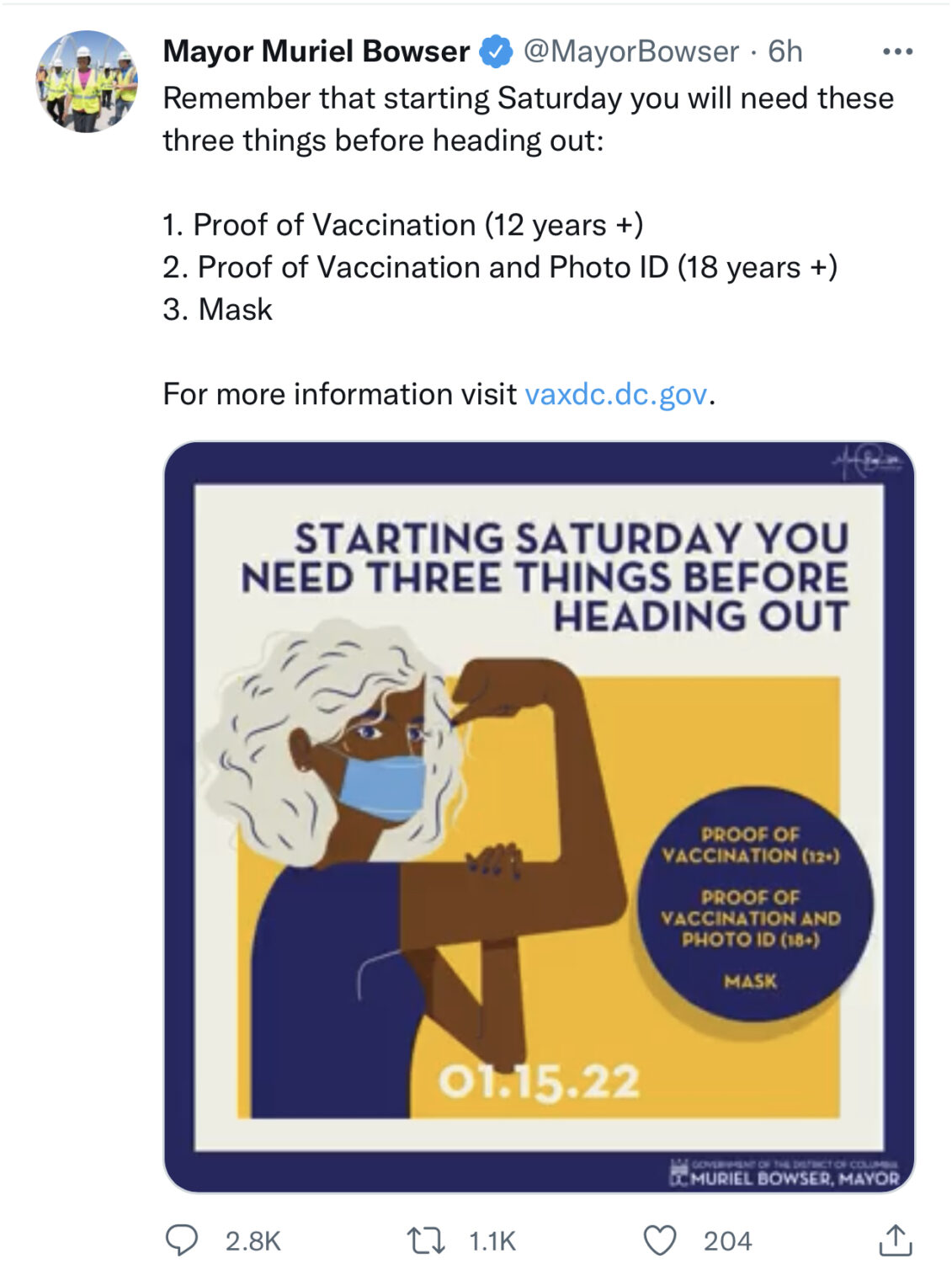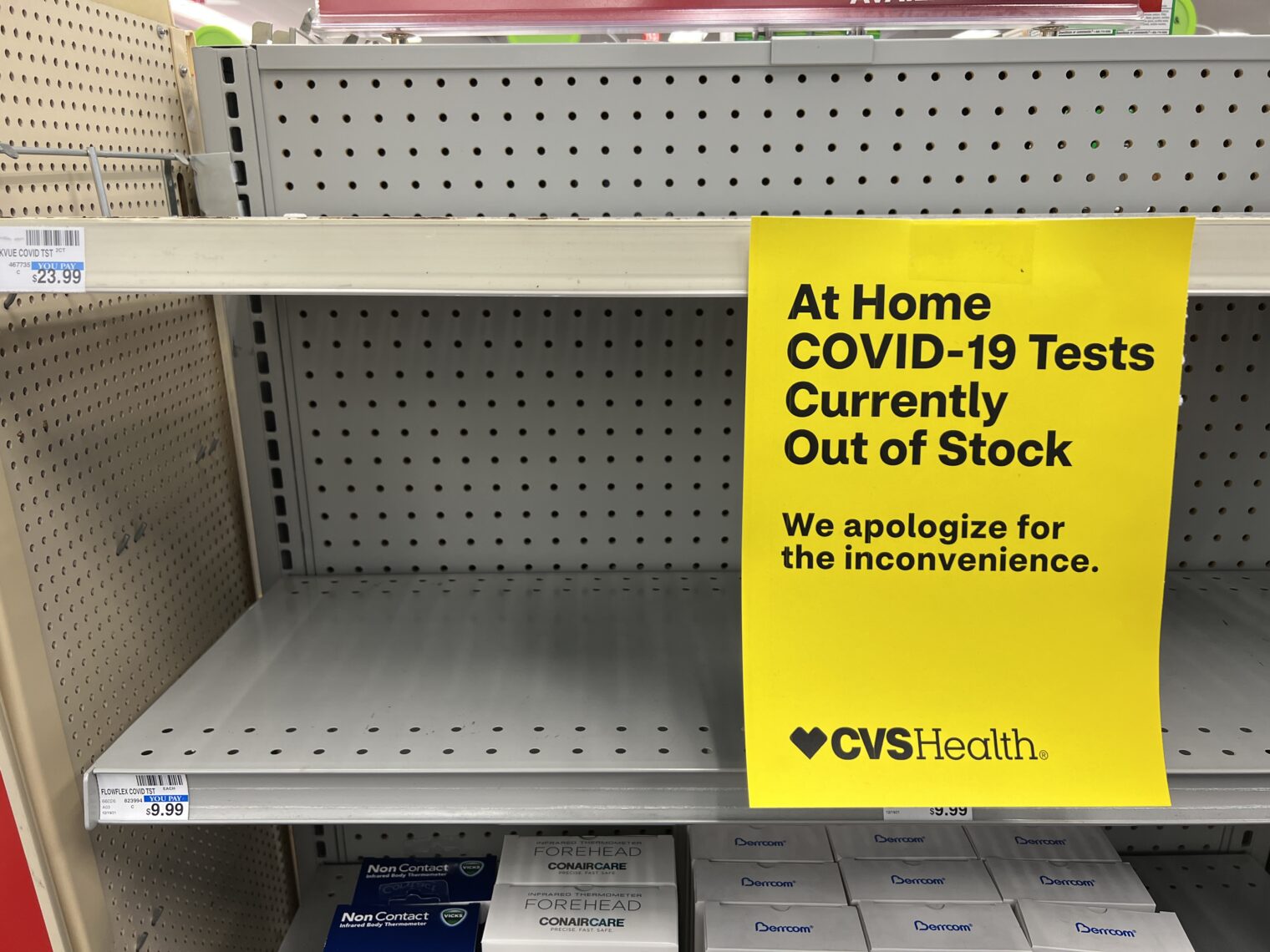Academia is always great for showing those with inferior credentials (i.e., “inferiors”) how to think and behave appropriately. University of Michigan recently fired its president for having sex with someone else who works at the University of Michigan. The press release:
After an investigation, we learned that Dr. Schlissel, over a period of years, used his University email account to communicate with that subordinate in a manner inconsistent with the dignity and reputation of the University. In the interest of full public disclosure, we have released dozens of Dr. Schlissel’s communications that illustrate this inappropriate conduct …
(He’s actually a real doctor, not merely someone lacking the creativity to quit grad school before getting a Ph.D.: “Mark Schlissel, MD, PhD”)
A 118-page PDF is available as a link. Note that the sex/knish partner is “Individual 1”, implying that this guy had a Cuomo-style stable of females, but no “Individual 2” appears.
Suppose that Mark Schlissel had identified as a member of the 2SLGBTQQIA+ community and used his official email account to make reservations at some of the places featured in “San Francisco tells gay bathhouses, ‘Welcome back!'” (Bay Area Reporter, January 25, 2021, just in time to catch a few more COVID-19 waves!):
The city’s public health department has rescinded the restrictions that have kept such businesses from operating in the city since the mid-1980s. A legacy from the height of the AIDS epidemic, bathhouses in San Francisco until now could not have private rooms with locked doors and were required to monitor the sex of their patrons.
Those regulations, when put into effect, resulted in a de facto ban on gay bathhouses in San Francisco, leaving residents to have to travel to such businesses in Berkeley and in San Jose. Due to the COVID-19 pandemic, the lone gay bathhouse left in the Bay Area is Steamworks in the East Bay and it remains closed because of the health crisis.
While gay sex clubs without private, locked rooms continued to operate in the city, most eventually closed their doors. There is just one in operation today: Eros on upper Market Street in the city’s LGBTQ Castro district.
The venues must provide safe sex materials free of charge, such as lubricants and condoms. Those establishments with locked rooms must have such materials stocked in each room.
And all such businesses need to provide wash-up facilities for their patrons where they have access to hot and cold running water, liquid soap, hand sanitizer and paper towels.
Presumably the Board of Regents would have celebrated their president’s decision to live the university’s values. Instead of getting to know 50 new male friends at a bathhouse, however, the implication is that President Schlissel was having sex with 1 female friend from work and that they were organizing the sex around athletic events, Saudi filmmaker Safa Al Ahmad events, and articles from Harvard Business Review about how to breathe (a skill that folks who’ve paid $500,000+ in Ivy League tuition may not have mastered, apparently; one tip for easier breathing… move to Florida and then you don’t have to try to do it through a mask). Rather than enhancing campus Pride, as the bathhouse visits might have, the (cisgender?) heterosexual office romance was “inconsistent with the dignity and reputation of the University.” (But if the Board hadn’t fired Dr. Schlissel and released the emails, thus telling everyone about this exciting situation, how would the reputation of the university been affected?)
This post is not about whether the Board made the right decision, but how it is possible for them to publish 118 pages of the president’s emails from a copyright perspective. The university IT folks had the technical means to dig into the president’s account, of course, but can they publish these documents without permission? I guess they can because they did, but how?
Tougher question: What does Mark Schlissel, MD, PhD do now if he wants to continue working? Emigrate to China or France? No American university can hire him, right?
The Michigan commerce mural above is from the Guardian Building, in Detroit (Returning from EAA AirVenture (‘Oshkosh”), August 2021), and contains some job ideas if Dr. Schlissel wants to stay local.
Related:
- “Why did University of Michigan fire Mark Schlissel? He broke a rule he introduced this summer” (MLive): At the July Board of Regents meeting, he announced an overhaul of sexual misconduct policy changes, particularly the prohibition of relationships between subordinates and supervisors. There would be zero tolerance for someone in a leadership position to “solicit a personal or romantic relationship with someone they have a supervisory authority or career influence over,” he said at the time.
- The Wikipedia page for this guy mentions that he was criticized for not following the science in maxxing out the university’s level of coronapanic. In other words, a group of elite Americans rejected as unscientific the leadership of an MD, PhD (professor of microbiology and immunology as well as a professor of internal medicine). Paging Dr. Tegnell!
- Real World Divorce chapter on Michigan (in case the doctor’s wife decides it is time to cash out)
Full post, including comments 






















